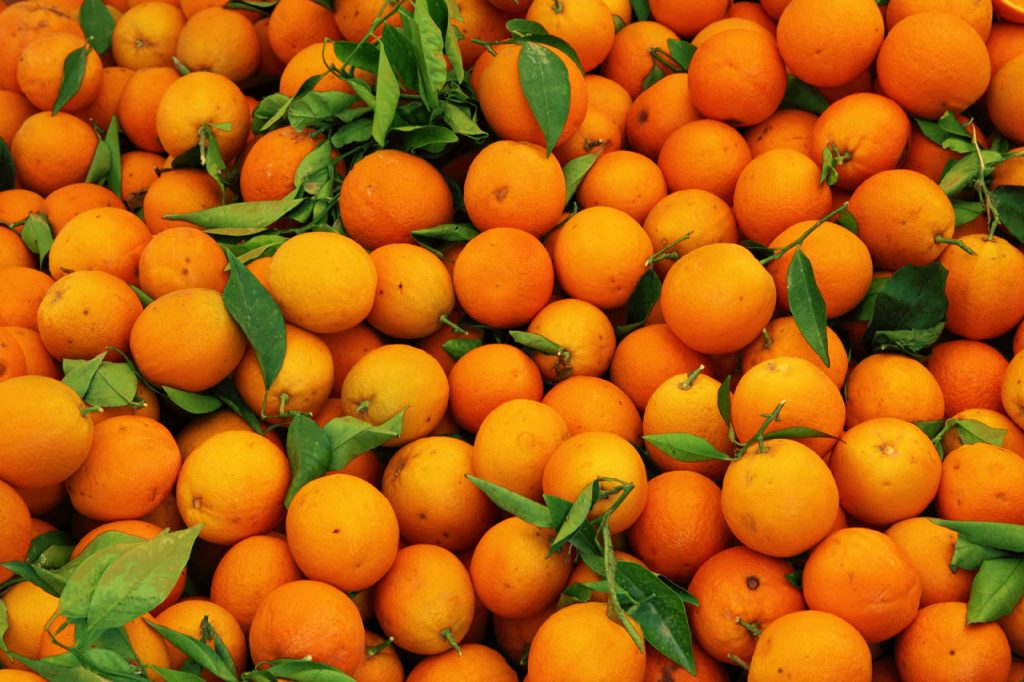Many scientific teams in Europe are trying to develop reliable and affordable tests to differentiate between organic and conventional foods. For many crops, pesticide residue levels are considered the best way to make such a determination, but in the case of citrus, this approach is unreliable. In the Mediterranean region where most of Europe’s citrus is grown, pest pressure is low and very few if any pesticides are applied. Accordingly, the presence or absence of residues is an unreliable indicator of whether organic citrus as grown in compliance with European standards.
An Italian team explored whether nitrogen levels and forms in conventional and organic oranges could be used to distinguish between organic and conventionally grown fruit. Detailed fruit quality data was collected on two cultivars of oranges grown under conventional and organic methods. Two key food quality parameters were consistently different.
The organic oranges from both varieties contained 12 percent higher levels of Vitamin C. Fruit harvested from one variety grown conventionally contained 30 percent more nitrogen, while the second variety contained 12 percent more nitrogen. The higher presence of Vitamin C in the organic oranges is beneficial for a variety of reasons, while lower average nitrogen levels can help reduce the formation of cancer-causing nitrosamines in the gut and lessens the risk of methemoglobinemia (Blue baby disease).
Authors: Paolo Rapisarda, Maria Luisa Calabretta, Gabriella Romano, and Francesco Intrigliolo.
Journal of Agricultural and Food Chemistry, Volume 53, Number 7, April 6, 2005.

